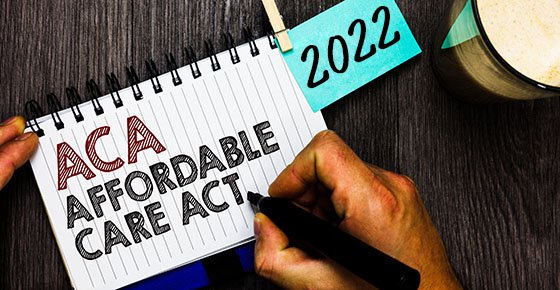Employers: Will your health insurance be “affordable” in 2022?
- Learn how the ACA determines whether or not your organization qualifies as an ALE.
- Find out what happens if an ALE doesn’t offer “affordable” health insurance.
- Learn about the latest changes involving health insurance.
In Revenue Procedure 2021-36, the IRS recently announced an important indexing adjustment related to the Affordable Care Act (ACA). Now is a good time to review whether your organization is an applicable large employer (ALE) under the ACA. If so, will the health insurance you offer employees still be considered “affordable” next year? Fiducial has more information to help you below!
Health insurance affordability and minimum value
The ACA determines an employer’s size by its number of employees in the previous year. Did your organization have 50 or more full-time or full-time equivalent employees on average during the previous year? (A full-time employee is an individual who provides, on average, at least 30 hours of service per week.) Then, the ACA considers you an ALE for the current calendar year.
Under the ACA, what happens if an ALE doesn’t offer minimum essential, affordable coverage that provides minimum value to its full-time employees and their dependents? The employer may be subject to a penalty if at least one of its full-time employees receives a premium tax credit for buying individual coverage through a Health Insurance Marketplace (commonly referred to as an “exchange”).

Latest adjustments
For plan years beginning in 2022, the required contribution percentage used to determine whether employer-sponsored health coverage is affordable for purposes of the ACA’s employer shared responsibility provision has been adjusted from the 9.5% baseline to 9.61%. (This is a decrease from 9.83% for 2021.)
The American Rescue Plan Act (ARPA) expanded the existing ACA premium tax credit for tax years 2021 and 2022. The 2022 percentage of household income that recipients of the tax credit must pay for coverage through a Health Insurance Marketplace ranges from zero to 8.5%. This is the same as it has been for 2021.
The premium tax credit had been limited to taxpayers with household income between 100% and 400% of the federal poverty line who buy insurance through a Health Insurance Marketplace. However, for 2021 and 2022, the ARPA eliminated the upper income limit for eligibility and increased the amount of the premium tax credit by decreasing, in all income bands, the percentage of household income that individuals must contribute for Health Insurance Marketplace coverage.
Careful compliance
As the COVID-19 pandemic drags on, careful compliance with health care insurance requirements and mandates remains critical for employers. Have questions about your obligations under the ACA? Want to know more about how to manage the costs of the health coverage you offer employees? Call Fiducial at 1-866-FIDUCIAL or make an appointment at one of our office locations to discuss your situation.
Ready to book an appointment now? Click here. Know someone who might need our services? We love referrals!
For more small business COVID-19 resources, visit Fiducial’s Coronavirus Update Center to find information on SBA loans, tax updates, the Paycheck Protection Program, paid sick and family leave.









